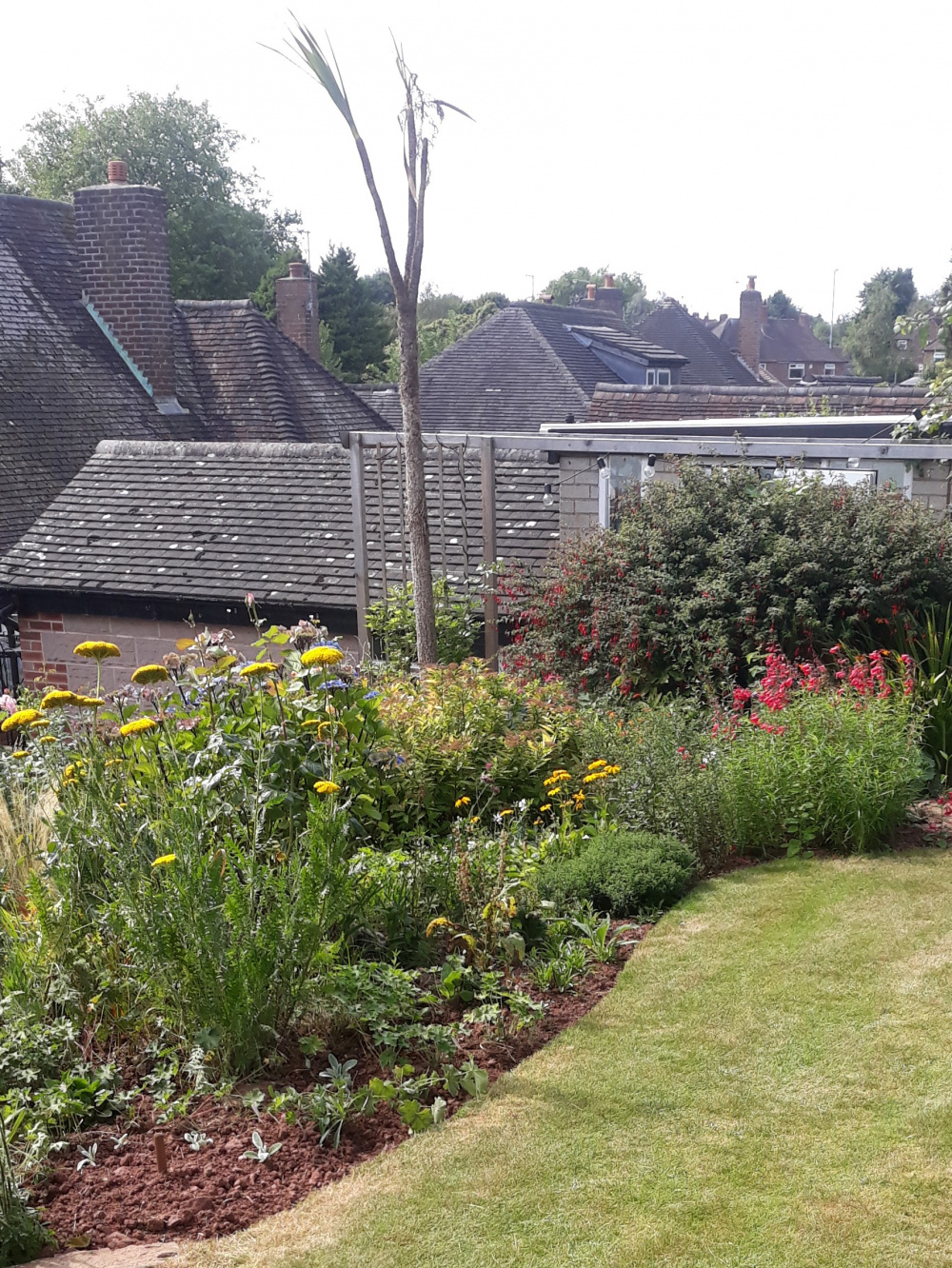This Forum will close on Wednesday 27 March, 2024. Please refer to the announcement on the Discussions page for further detail.
That's a fine looking Cordyline !!
in Plants
1st. My tall cordyline in June 22.
(Poor photo edited from other pics as I don't often look up to photograph this) It was looking a bit yellowish but in full foliage so nothing to be alarmed over at least.

and by August 22.
Not looking so good now, but we'll see...

Jan 23.
The outer layer of 'bark' (?) is now peeling off at the base.
I was hoping for a Spring recovery but looks like it's done for?

I'm guessing it may have been the harsh summer and drought that might have done for this? although I'd be a bit surprised TBH as given it's age it must be well rooted.
(Poor photo edited from other pics as I don't often look up to photograph this) It was looking a bit yellowish but in full foliage so nothing to be alarmed over at least.

and by August 22.
Not looking so good now, but we'll see...

Jan 23.
The outer layer of 'bark' (?) is now peeling off at the base.
I was hoping for a Spring recovery but looks like it's done for?

I'm guessing it may have been the harsh summer and drought that might have done for this? although I'd be a bit surprised TBH as given it's age it must be well rooted.
Just another day at the plant...
0
Posts
Most look like bog brushes.
TBH I don't particularly care whether this specimen thrives or not.
I do not dislike it and have previously considered giving it the chop as it is now in a bed planted for roses so is surplus to requirements there, but I'm more interested to understand what has happened to cause it's demise as I thought them indestructible and I hate losing anything.
I'll wait till Spring to see if it regenerates.
Very wet conditions can cause rot/failure, but very dry conditions, long term, can also cause them to fail, and I'd agree that's more likely as it's in among lots of other planting, which is competition, and if you had the drought conditions that lots of places have had over the last few years, that catches up.
They need moisture, but they also need good drainage. It doesn't take a lot for them to start failing if their conditions aren't good over a long period of time.
I'd agree with @Perki that there could be new growth at the base, and it would look better given a chop, so that you get a bushier specimen as @GardenerSuze says
I live in west central Scotland - not where that photo is...
Well no, that was just my impression from comments of others.
This plant was in situ way before any of the roses and other planting that I have added around 2 year ago .
It was inherited with the house 5 years ago at which time it was about 2.5m tall. It is now twice that so I estimate it to be 10+ years old at least. In that time I expect it must have endured dry summers and cold winters and thrived so I'm a bit puzzled as to why it has now succumbed, apparently to drought.
Unlike my tall specimen, I shall be sad to lose this one.
Others around the neighbourhood are also looking a bit withered
Dry weather they can cope with, if there's also enough moisture, and especially when well established, but long term extremes of any type of weather can be the problem - not just for Cordylines, but all sorts of shrubs and trees, and perennials. Often , the problems aren't obvious until it's too late. Conifers are a prime example of that.
Your other one will probably be ok and will sprout lower down as said earlier. I'd just leave that one, and any others that are similar, and cut back once you see new fresh growth appearing elsewhere. The old foliage will give some protection if there's more cold spells.
I live in west central Scotland - not where that photo is...